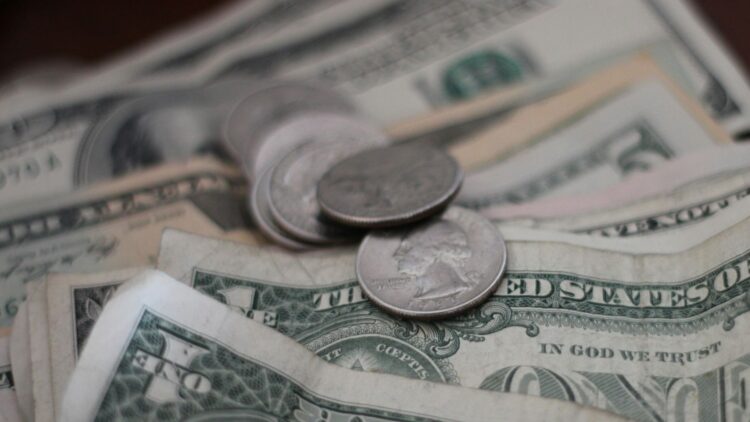Updates to dollar bills have always been made to make them safer. As of October of this year, major stores, banks, and ATMs now have stricter rules about what kinds of cash they will accept.
As we move into the last month of November and families start getting ready for the holidays, you may need to check your cash to make sure it meets new U.S. government standards.
Increasing dollar bill security
One of the main reasons why cash is updated with more security is to stop people from making fake bills. In the past few years, the U.S. dollar bill has gone through major redesigns and improvements to make it safer and harder to fake.
The Federal Reserve and the U.S. Treasury have added high-tech security features like better watermarks, inks that change color, and security threads that are sewn into the paper to make it much harder to copy.
There is also micro printing, raised printing, and subtle color on newer bills that is hard to copy without special tools.
Forgers are still coming up with new ways to make fake U.S. currency, even though improvements in security features and anti-counterfeiting technologies have made it harder to make fake bills that look real.
Since high-quality printers are easy to find and there are sophisticated ways to make security features look like they are not there, fake bills are still going around.

Businesses, consumers, and even banks often do not notice them. At any given time, the US Department of the Treasury says that fake bills worth between $70 million and $200 million are in circulation.
New parameters to combat counterfeiting
There will be some dollar bills that can not be used after the last few weeks of 2024. With these new rules, there will be stricter rules about how to handle damaged bills. These new rules are already being put in place at Walmart, Target, and Dollar Tree.
Major stores, banks, and ATMs will not accept or exchange cash that has been damaged in the ways below:
- Mutilated banks notes with tears or missing corners
- Bills which have become significantly distorted or damaged where it become difficult to determine their authenticity. This could be from through water damage or from being burnt as an example.
It took work from the U.S. government, the Bureau of Engraving, the Secret Service, and the Advanced Counterfeit Deterrence (ACD) Steering Committee to make these new rules.
New upgrades to currency are also to be expected
In the next few years, there will also be changes to the currency in addition to these new safety measures. The new money will be released in stages, starting with:
- 2028: A brand-new design for the USD 50 bill.
- 2030: An updated version of the USD 20 bill.
- 2032-2035: Introduction of a new design for the USD 5 bill.
- 2034-2038: Redesign of the USD 100 bill.
By slowly introducing new designs, the government can give people, businesses, and financial institutions time to get used to them and start using them in their daily lives.
Staggered releases also make it easier to keep track of how many new bills are made and sent out. It takes a lot of work to print, package, and send billions of bills all over the country.
Introducing new designs in groups makes the process easier to handle. This also saves money and prevents waste, since old bills can be used with new ones until they need to be replaced due to wear and tear.
When you have a damaged bill that will not be accepted or exchanged, you need to get in touch with the Bureau of Engraving and Printing. After that, you will need to file a claim for torn currency.
“The BEP will look over the note.” They have special tools to check if the note is real and figure out how much it is worth. A Fed currency representative says, “Once they do that, they can write a check back to the customer.”













Leave a Reply